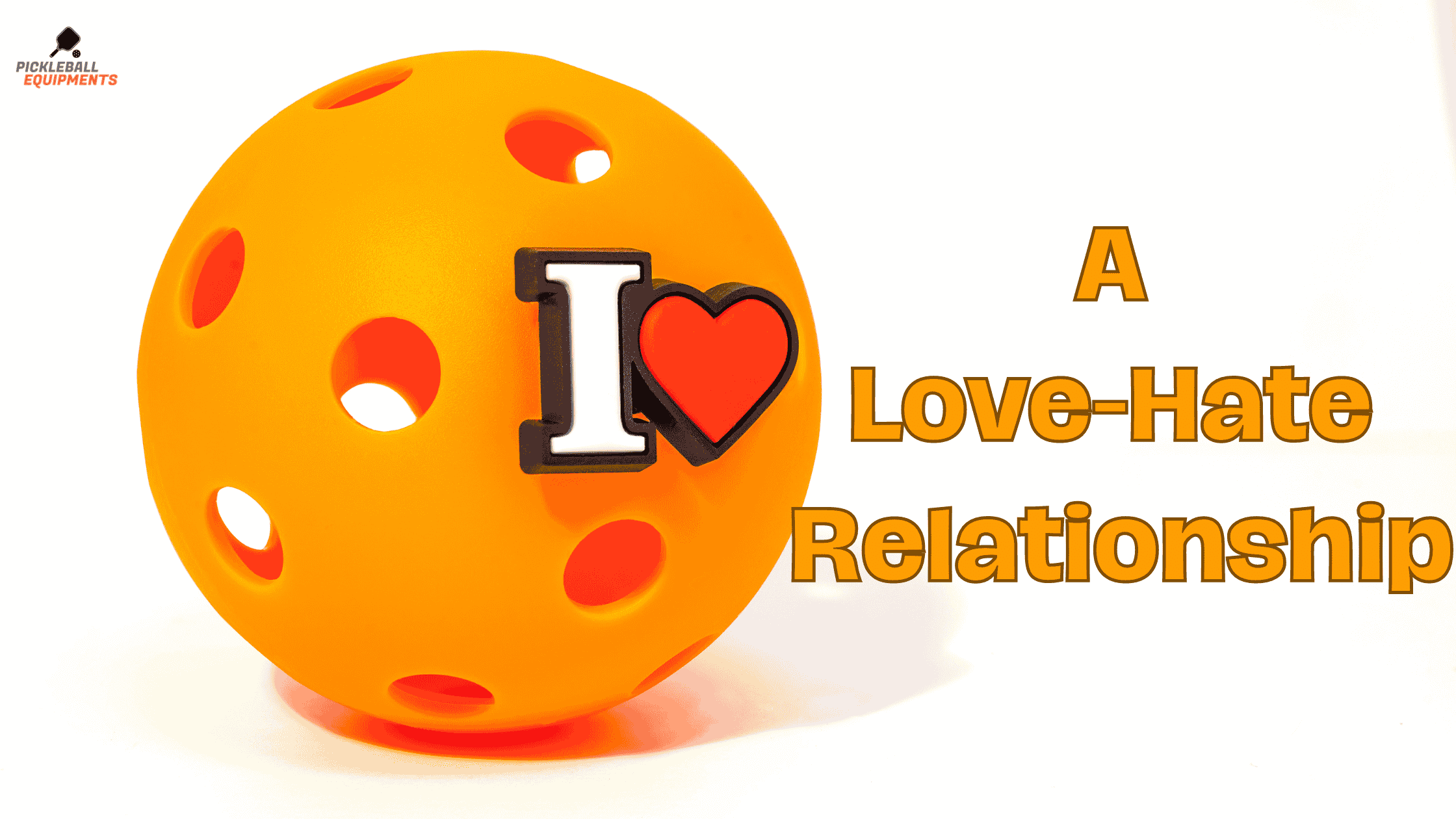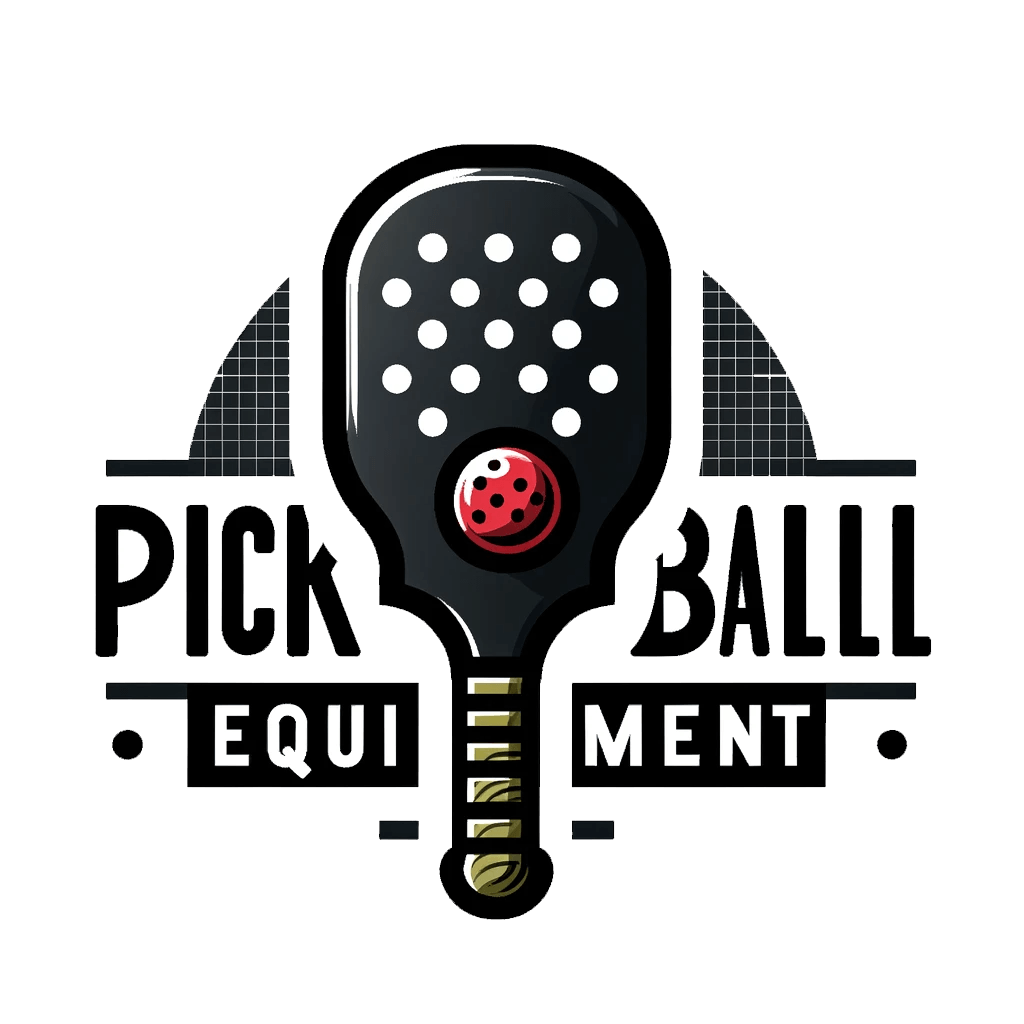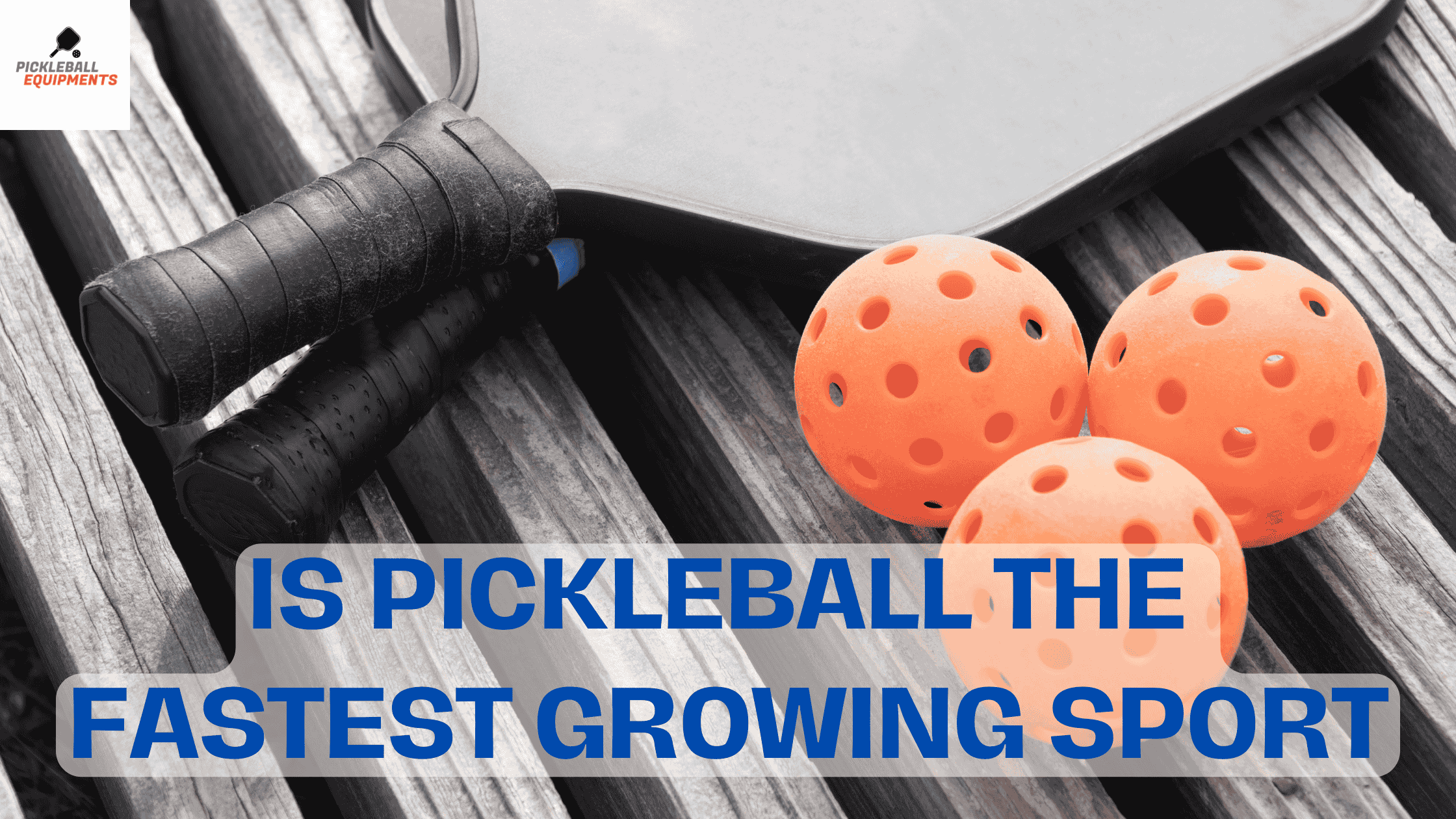Key Takeaways
- Pickleball combines tennis, badminton, and ping-pong elements.
- Originated in 1965, growing rapidly across communities.
- Gained popularity due to ease and accessibility.
- Attracts diverse age groups, promoting social interaction.
- Balances physical activity with strategic gameplay.
Pickleball is the fastest growing sport in the world. Pickleball, an intriguing blend of tennis, badminton, and ping-pong, has burst onto the American sports scene with a fervor rarely witnessed. Originating as a simple backyard game, its popularity has grown exponentially, sweeping across age groups and communities. The paddles, the net, and the unique ball, combined with the rules that make it accessible to both novices and experts, have made it a favorite. So, what has led to such a meteoric rise? Let’s delve deeper into the forces propelling this sport to the forefront of American recreation.
Is Pickleball the Fastest Growing Sport
Historical Roots of Pickleball
Journey back to the summer of 1965. Bainbridge Island, a picturesque spot near Seattle, became the birthplace of pickleball. The story goes that three fathers – Joel Pritchard, Bill Bell, and Barney McCallum – found themselves with a bunch of bored kids and no immediate solution. The trio decided to get creative. They set up a badminton court, but lacking a shuttlecock and rackets, they improvised with ping-pong paddles and a perforated plastic ball. The game they devised that summer afternoon, with its evolving rules and unique name, would go on to become a nationwide phenomenon. Little did they realize that their innovative solution to summer boredom would lay the foundation for what many argue is the fastest-growing sport in America today.
Why the Sudden Boom?
Pandemic Influence
The Covid-19 pandemic brought about unprecedented challenges. With gyms closed, team sports halted, and indoor activities restricted, people were compelled to look for alternative ways to keep fit and mentally agile. In this scenario, pickleball emerged as a beacon for many. The game’s outdoor nature made it an ideal choice for those hesitant to engage in indoor activities. Its court size allowed players to maintain the recommended social distance, reducing the risk of virus transmission.
Moreover, the communal aspect of pickleball, where players often rotate and play with different partners, offered a semblance of social interaction—a precious commodity during times of isolation. While many sports faced a downturn during the pandemic, pickleball saw a surge in new enthusiasts, with families and individuals alike setting up makeshift courts in driveways and local parks. The pandemic, in many ways, fast-tracked pickleball’s ascent to mainstream popularity.
Appeal to Big Names in Tennis
The world of sports has always been influenced by its stars. When renowned athletes from one sport show interest in another, it inevitably draws attention. Such has been the case with pickleball. Tennis legends like Andre Agassi and John McEnroe, known for their charisma and prowess on the tennis court, have been seen wielding pickleball paddles. Their endorsement and involvement in the sport have not only brought it into the limelight but also added a layer of legitimacy.
Fans, curious to see these legends in a different arena, tuned in, and many were captivated by the sport’s charm. Furthermore, their transition showcased pickleball’s accessibility—it’s a game that can be played and enjoyed by seasoned athletes and beginners alike. When icons of the tennis world give their nod to pickleball, it’s a testament to the sport’s allure and potential.
The Sound of Pickleball

A Love-Hate Relationship
Pickleball, for all its charm and widespread appeal, comes with a signature soundtrack: the unmistakable “pop” sound as the paddle strikes the ball. For enthusiasts, this sound is synonymous with exhilaration, energy, and the very essence of the game. It resonates as a call to play, evoking memories of thrilling matches and camaraderie. However, not everyone shares this sentiment. To some, especially those living near pickleball courts or unacquainted with the sport, the recurring “pop” can be a source of disturbance. It punctuates the quiet of a peaceful afternoon and can sometimes be perceived as intrusive, especially during early morning or late evening matches. This dichotomy of perceptions – a sound that is music to some and noise pollution to others – encapsulates the love-hate relationship many have with the audible aspect of pickleball.
Sound Mitigation Efforts
Recognizing the potential for contention, some proactive individuals saw a niche that needed addressing. Bob Unetich was one such visionary. Leveraging his engineering background, Bob founded Pickleball Sound Mitigation, a consultancy focused on finding solutions to the noise concerns associated with the game. The venture offers guidance to municipalities, country clubs, and residential areas on how to minimize the auditory impact of pickleball. Recommendations range from the installation of sound barriers, using specialized paddles and balls designed to produce less noise, to strategic court placement and layout adjustments. The goal is simple: allow enthusiasts to enjoy their game without inconveniencing others. Through such efforts, the pickleball community aims to strike a harmonious balance, ensuring the sport can continue to grow without being a cause of discord in communities.
From Tennis to Pickleball: The Court Transformation
The Rise in Pickleball Venues
The landscape of American recreational spaces underwent a notable transformation, especially in the last decade. As pickleball’s popularity skyrocketed, the demand for dedicated spaces to play became evident. By the culmination of 2022, a staggering 44,000 venues across the USA were testament to this sport’s meteoric rise. But what’s even more intriguing is how existing sporting arenas adapted to this trend. Many traditional tennis and basketball courts, once bustling with their respective sports’ enthusiasts, began to see a shift.
Local communities, recognizing the growing fervor for pickleball, started converting these spaces either part-time or, in some cases, permanently into pickleball courts. Schools, parks, community clubs, and even residential neighborhoods jumped on the bandwagon, ensuring that enthusiasts had ample spaces to indulge in their newfound passion. This adaptive reuse of sporting venues not only highlighted the sport’s growing footprint but also showcased the flexibility and adaptability of communities in catering to changing recreational preferences.
The Addictive Nature of Pickleball: Inclusivity and Diversity
At its core, pickleball is more than just a sport—it’s a unifying force. McHugh’s observation that it’s a “kind and inclusive sport” isn’t just a singular opinion; it’s a widely shared sentiment among the vast pickleball fraternity. What sets pickleball apart from many other sports is its inherent ability to be a great equalizer. Whether you’re a teenager or in your golden years, a seasoned athlete or someone who’s just picked up a paddle, pickleball welcomes all with open arms.
This inclusivity extends beyond age. The sport has been a melting pot of diverse backgrounds, cultures, and skill levels. In a relatively short span, pickleball has managed to bridge gaps that few other activities have. Community events, local tournaments, and even casual weekend games often showcase a tapestry of players from varied walks of life, all united by their love for the game. This widespread inclusivity and diversity are among the primary reasons for the sport’s addictive nature. Players find not just a game, but a community, a sense of belonging, and an activity that celebrates differences while spotlighting common passions.
Mental and Physical Benefits
Pickleball is not just a game; it’s a holistic experience that caters to both the body and the mind. On the physical front, playing pickleball is a great cardiovascular workout. The fast-paced nature of the game ensures that players are constantly on the move, enhancing agility, reflexes, and stamina. The act of swinging the paddle to strike the ball also strengthens arm and core muscles. Additionally, the game’s strategic aspect, which involves quick decision-making and coordination with a partner, sharpens reflexes and promotes hand-eye coordination.
But the benefits aren’t just physical. Pickleball has been lauded for its positive impact on mental well-being. The social nature of the game fosters a sense of community and belonging. Engaging in friendly matches reduces stress, elevates mood, and combats feelings of loneliness. The game’s inherent structure, which allows for both wins and losses, also teaches resilience, patience, and the value of perseverance. Many players find solace in the rhythmic “pop” of the ball, using the game as a form of meditation. Moreover, the ease with which one can pick up the basics of pickleball, coupled with the endless strategies and skills to master, ensures that it remains a stimulating and rewarding pursuit throughout life.
The Influence of USA Pickleball Association
Any sport’s growth is often closely tied to the efforts of its governing bodies, and pickleball is no exception. The USA Pickleball Association (USAPA) has been instrumental in shaping the sport’s trajectory in America. Established to promote the growth and advancement of pickleball, the USAPA has worked tirelessly in standardizing rules, sanctioning tournaments, and offering training for both players and referees.
Their initiatives in grassroots development, from introducing pickleball in schools to organizing community events, have played a pivotal role in expanding the sport’s base. Furthermore, by partnering with local clubs, recreational centers, and even private entities, the USAPA has ensured that facilities and resources are readily available for enthusiasts. Their efforts in branding, marketing, and fostering a cohesive community have undeniably positioned pickleball as a mainstream recreational activity.
The Global Perspective: Is Pickleball Growing Worldwide?
While the USA stands as a colossal pillar in the pickleball world, the sport’s allure isn’t limited to American shores. The claim that “pickleball is the fastest growing sport in the world” isn’t mere hyperbole. Across the continents, from the bustling cities of Europe to the vibrant landscapes of Asia, pickleball is making its mark. European nations, with their rich sporting culture, have been quick to embrace the game.
Countries like Spain, France, and the UK now host national championships, and pickleball clubs are sprouting in major cities. In Asia, nations like India and Singapore are introducing the sport at a grassroots level, sensing its potential as a unifying and inclusive activity. As more countries recognize the multifaceted benefits of pickleball, both as a recreational and competitive sport, its global footprint only seems set to expand further.
Conclusion
Pickleball’s ascent from a simple backyard game invented by a trio of families on Bainbridge Island to a national and even global phenomenon is a testament to the timeless appeal of sports that are accessible, enjoyable, and community-driven. The game’s origin story, rooted in the need to create a fun, engaging activity for children, resonates with its core essence even today—a sport that breaks barriers and welcomes all.
The allure of pickleball isn’t limited to just its gameplay. Its inclusive nature, where age, skill level, or background doesn’t act as a deterrent, has made it a favorite among diverse groups of people. From youngsters picking up a paddle for the first time to seniors finding a renewed zest for physical activity, the courts are a melting pot of enthusiasm and passion.
Moreover, the health advantages, both mental and physical, further bolster its position as a top recreational choice. The cardiovascular benefits, improved reflexes, and mental well-being derived from playing have been acknowledged by health professionals and players alike.
But perhaps, above all, it’s the sheer joy of the game that stands out. Exciting rallies, player camaraderie, and a well-played match keep fans coming back. As pickleball courts appear in neighborhoods, schools, and leisure facilities, one thing is clear: people love the sport. Pickleball’s story shows how simple ideas backed by passion and community spirit can inspire and unify generations.
FAQ’s
Why is pickleball considered the fastest-growing sport?
Pickleball’s popularity and ease of learning explain its quick rise. Simple rules and minimum equipment make the game suitable for all ages and skill levels. The sport’s inclusivity and compelling gameplay have made it a fan favorite and probably the fastest-growing.
Is pickleball only popular in the USA?
The US dominates pickleball, but its appeal extends beyond the borders. The Pickleball courts and national competitions are popping up across Europe, Asia, and other regions, demonstrating its global appeal.
How different is pickleball from tennis or badminton?
Pickleball shares a netted court and racquet-style action with tennis and badminton, but it has its own rules and equipment. Pickleball stands out in racquet sports due to its smaller court, paddles, plastic ball, and gameplay differences.
I hope you like Is Pickleball the Fastest Growing Sport. If you like this please share it with others 🙂 because sharing is caring.

